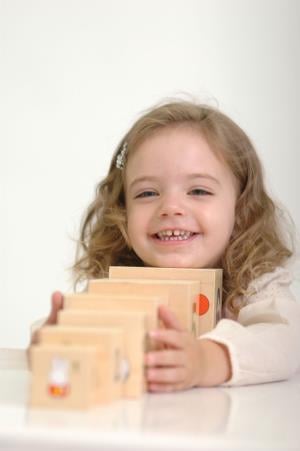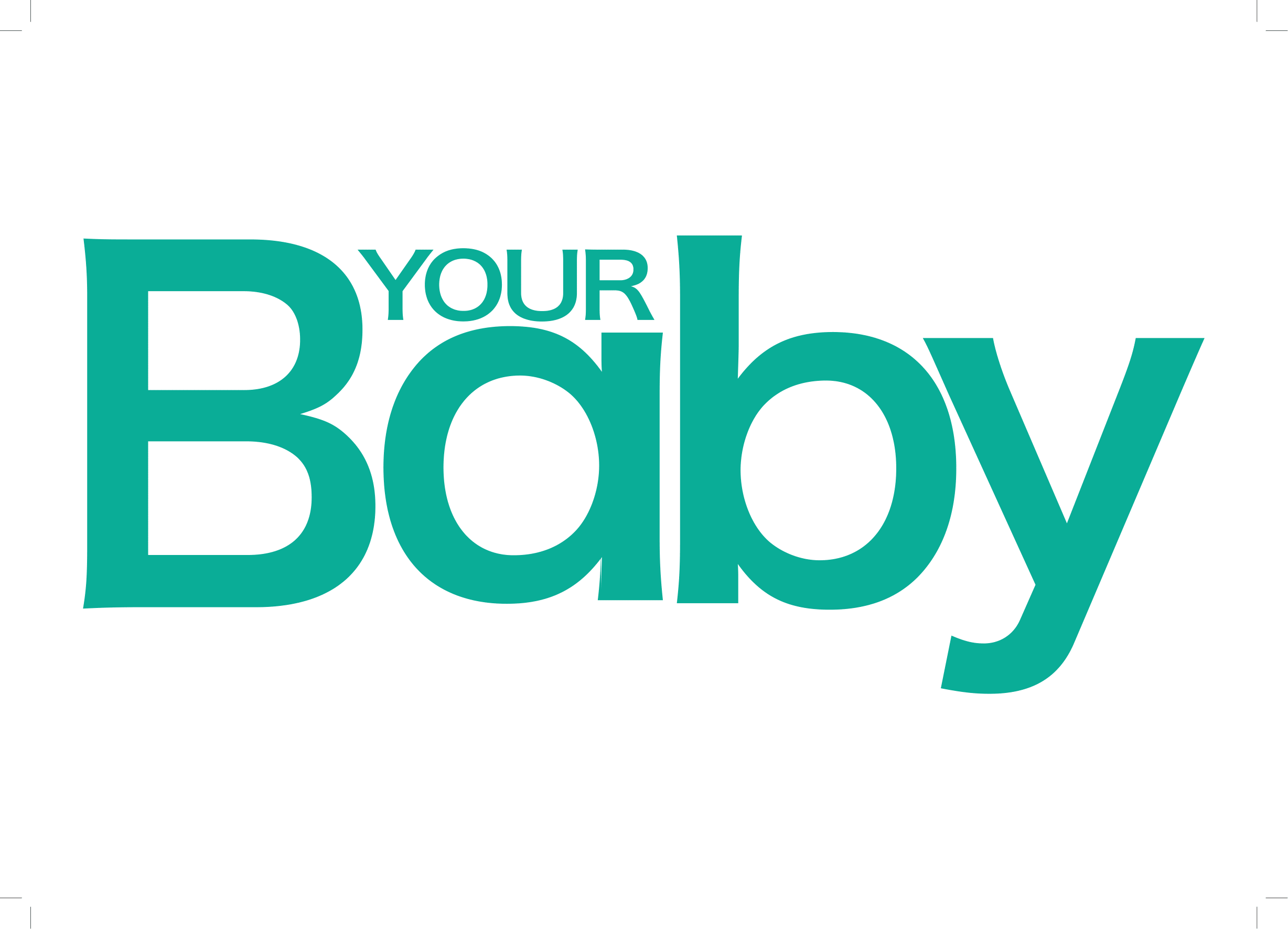
Discipline is a dirty word in many households. There are so many techniques and theories doing the rounds these days, leaving parents frustrated and confused by conflicting advice. When choosing a technique for resolving issues with your child, always use what works best for your own family.
“Think about it,” says parenting expert Dr Michele Borba, Ed.D, author of The Big Book of Parenting Solutions, “Kids aren’t born obnoxious, rude, defiant, bossy or selfish. They learn those behaviours. Then the behaviour helps them get what they want, so they continue using them.” What we view as bad behaviour is a learned response – and it can be unlearned, she says.
Positive reinforcement
Cape Town clinical psychologist Jenny Perkel, author of Babies In Mind, says that children naturally don’t always do what we want them to do.
“They often prefer not to brush their teeth, and many of them would rather play than go to bed or get dressed for preschool.”
Jenny recommends, wherever possible, positive reinforcement as a way to bring young children “into line and get them to behave in a civilised way.” This method is non-violent, fun and gives incentive to children to “toe the line”, she explains.
Some people don’t like reward systems because it feels as though they are bribing their children, but according to guidance teacher Karen Quail, who runs discipline workshops in Cape Town, the rewards are not the same as bribery, because bribery is defined as rewarding someone for doing something wrong or illegal.
“Practically, positive reinforcement might mean a star chart for preschoolers, with a prize (a small, inexpensive toy or some special time together with mom doing something different) after ten stars are earned.
“For younger children a stamp on the hand (a picture of a flower, a star or Bob the Builder) can work well when they do something right or when they finally do what you tell them to do, such as getting into the car seat.
“The reverse of this works well too, although children hate it. So you might say to your child when she hits you or shouts at you, ‘No sticker today. You’re not allowed to hurt mommy!’ Or you might take one of her stars away if she doesn’t listen to you even though you’ve told her to come and sit down to supper three times.”
When a young child starts to behave badly in a particular situation, Jenny says that it makes sense to remove her or to take away the object of distress. This may cause a tantrum, but you can tell your child that she may have it back once she can behave appropriately.
“Distracting and giving a breather when things get tense is often useful. For example, when young siblings start to fight, separating them to give them space from one another for a few minutes can give them the break they need to cool off.”
The combination approach
Teacher and remedial therapist Caroline Anderson, mother to 18-month-old Christopher, says that as toddlers grow, reasoning and self-discipline become integral to the methods she uses.
“Children change quickly, so you might find that what was a miracle ‘cure’ for you two months ago is just not working now.”
For children 18 months and older, Caroline follows a technique based on two variables – the child involved and the situation.
Boundaries
Children feel more secure if they know what these are – though they won’t always respect them. The most important aspect here is being consistent, says Caroline, as this not only helps with discipline but gives your child self-confidence.
Time-out
Be consistent if you choose this route and work on one minute per year – timed from sitting and not getting up.
The Look
“I use this the most, as I find that nothing works better when keeping little ones in line,” says Caroline. Children tend to “tune out” to a voice, especially a nagging one, so The Look, given at the start of an activity (such as teasing the dog) of which you disapprove, gives your child the choice of whether or not to continue. If they do, a consequence results.
Choices
“I don’t like to use the word ‘no’ all the time. So, I calmly offer a choice. For example, say to your child ‘You can get into the bath with your special bath toy or I can put some bubbles in for you.’ Once your toddler has made the choice she has bought into the process.” If your toddler is adamant about not getting into the bath for example, then you take the choice away and take charge. Explain to your little one that she was given a choice but chose not to make it so you’re going to have to make the choice for her.
Rewards
Ideally rewards are not something you should use all the time as your child will believe she only needs to cooperate if there is something in it for her. But when you do offer a reward, make sure it’s something small like a walk to the park.
“The reward that works best for us is that the child gets to sit at the head of the table at dinner time,” says Sharon Naidoo, mom to Jewel (5) and Charlene (3).
Reinforcing positive and ignoring negative behaviour
If your child pushes another, firmly and quickly reprimand her (“No! We do not push.”). Mothers often make a scene if their child hurts another because they’re trying to make amends. It’s not necessary. Addressing the problem quickly and then turning your attention to the child who was hurt is more effective. You could say to the other child, “Kevin, what a brave boy you are. Come and play in the sand with me.” Your child will quickly get the message that her behaviour is not acceptable. Make sure you recognise good behaviour and reward it.
Removal from the situation
“It’s a common fact that most temper tantrums result from being tired or overstretched. An early exit from a party or some soothing time in her bedroom will calm your child down.”
Caroline says parents should not be afraid to use big words for big issues. Two of her favourites are “non-negotiable”, coupled with a firm tone – and “unacceptable”.
An alternative approach
Robin Booth, life coach and founding principal of Synergy School in Cape Town, says that every interaction we have with our children trains them how to treat us.
“The way we speak to them or respond to them when we feel tired and emotional, provides valuable experiences for them. The most powerful way for a parent to discipline is by being a conscious and self-disciplined parent. By continuously reflecting on their interactions with their children so that they are able to respond, as opposed to react, to their child’s actions and behaviours.
“As no two children and situations are the same, there will not be one solution for ‘how to discipline’ your child. You as the parent are the key to making your relationship with your child work; your awareness, your ability to stay clear and calm, your discipline to nurture yourself so that you can respond appropriately to your child."




 Publications
Publications
 Partners
Partners














